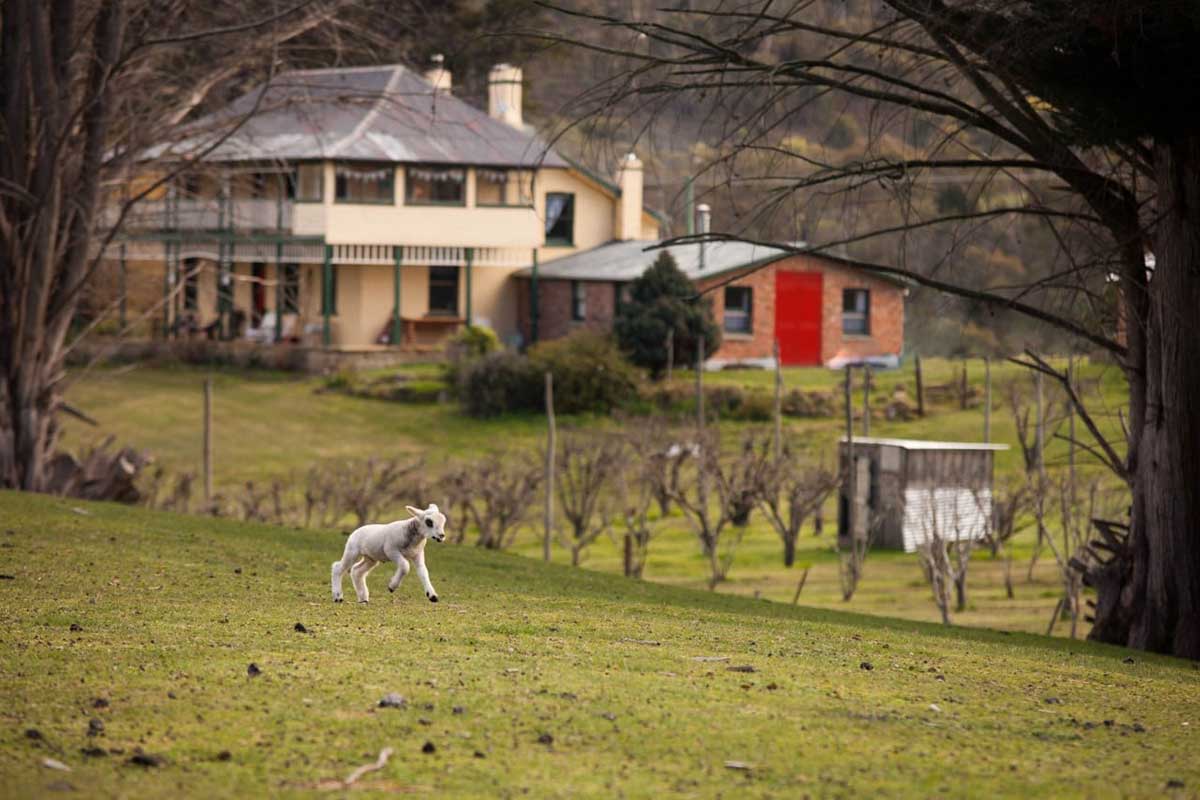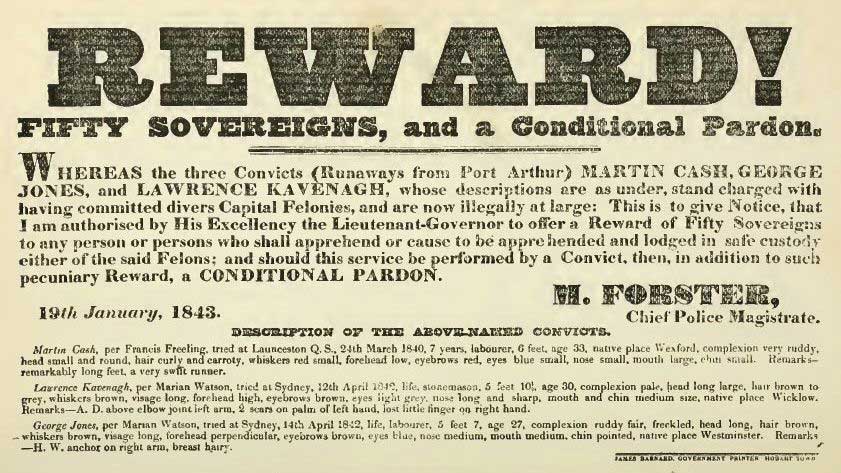Magra, Tasmania

A town of just under 1,000 people, Magra is situated in the Derwent Valley a few kilometres north of new Norfolk. It consists mainly of dwelling houses and farmland. Accommodation is also available as the area is popular with tourists. Notable features of Magra itself include the surrounding hills and the plantation of Lombardy Poplars. In the graveyard of the Methodist Church at Magra (22km south east) is the grave of Betty King, the first white woman to set foot on Australian soil.
The area now known as Magra was originally called Back River after the small river near Stanton homestead, the home of one of the earliest white settlers, Thomas Shone. A typical rectangular symmetrical Georgian house, it was built in 1817 from convict bricks produced on the property. Stanton is a Tasmanian Heritage Listed property noted as being significant to the history of Tasmania. Thomas Shone arrived in the Derwent Valley in December 1816 from Sydney, having served four years of a sentence for passing a forged note in Shrewsbury, England, where he worked in a solicitors' office. His pardon came gift-wrapped with a 60 acre land grant and three convicts, and with the Van Diemen's Land hierarchy trying to 'domesticate' the areas outside of Hobart Town, Shone was given a wooded tract of land just outside of the fledgling township of New Norfolk.

Stanton
This area had been settled largely by free settlers from Norfolk Island, displaced by that island's closure as a convict depot in 1808. The area still is home to the descendants of these rugged individuals. The name 'Stanton' was chosen by Thomas as an acknowledgement of his home village of Stanton-upon-Hine, in the old county of Salop, England. Stanton is today a Bed and Breakfast accommodation establishment.

The Shones' success as farmers did not escape the attention of bushranger Martin Cash. This Irish convict had been at Norfolk Island, escaped from Port Arthur, and ranged around the southern parts of the Midlands and Hobart with his gang members Jones and Cavanagh. Cash's Cave remains in the heavily bushed gully in the hills behind Stanton, and it was from here that he watched the property until, in February 1843, during an afternoon social gathering, he and his gang kidnapped a neighbouring farmer, James Bradshaw, and used his identity to gain entrance to the house. Once inside, they herded the family, servants and friends into the living room, until 16 people were at gunpoint. Removing valuables from their person and from the house, the Cash gang made off back into the hills, eventually being captured finally in August of that year, after a celebrated foot chase through the streets of Hobart.
